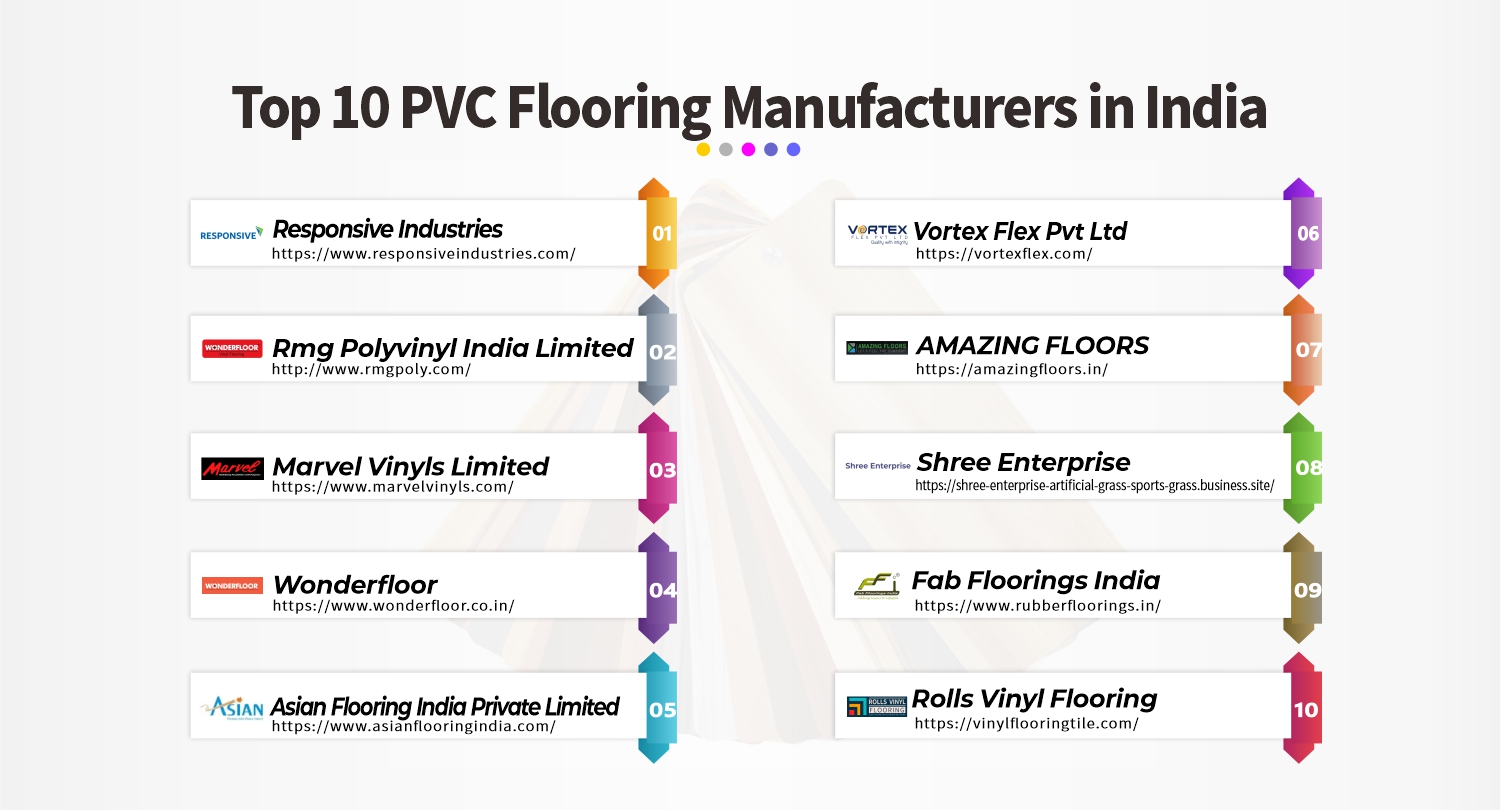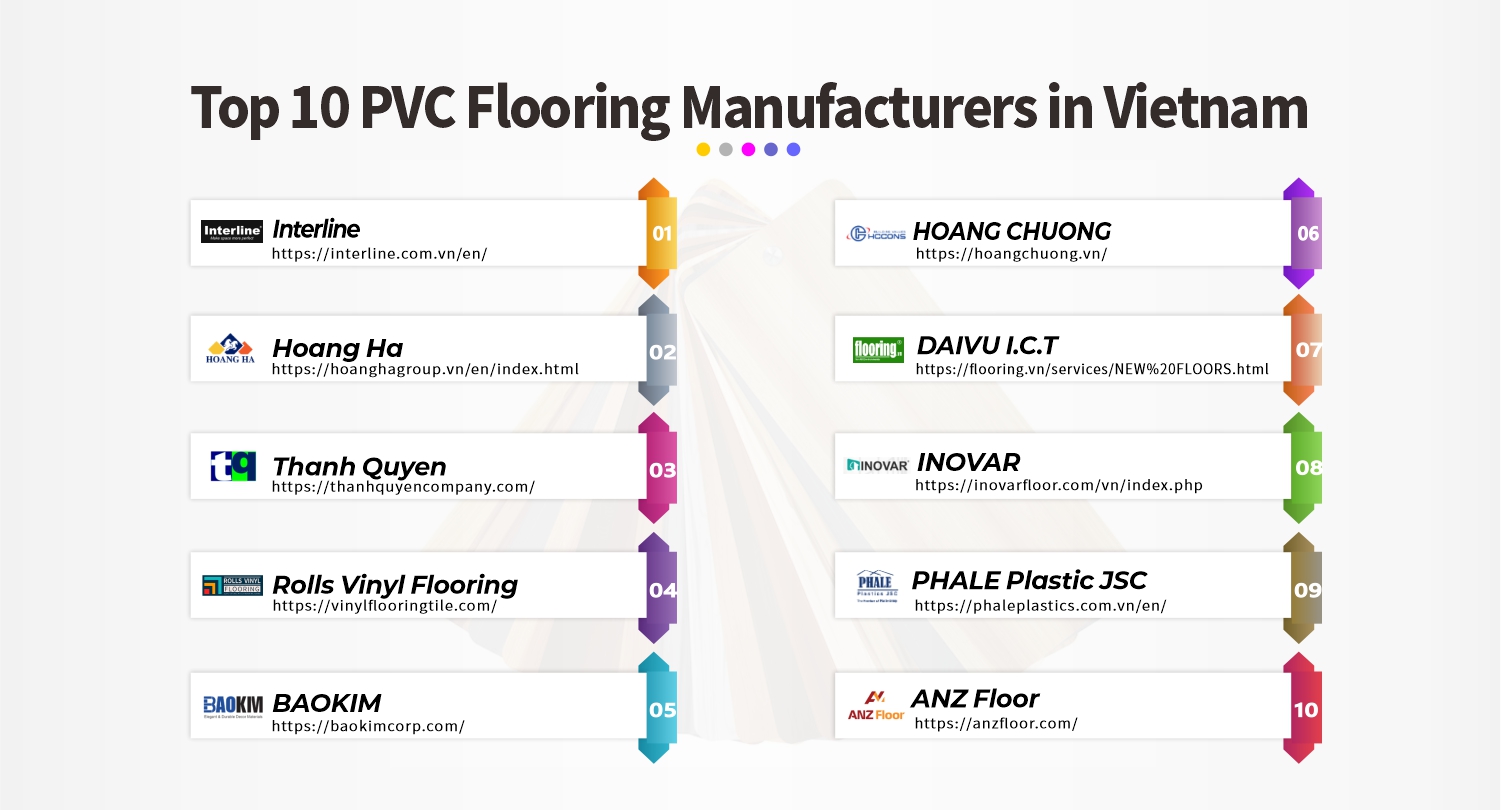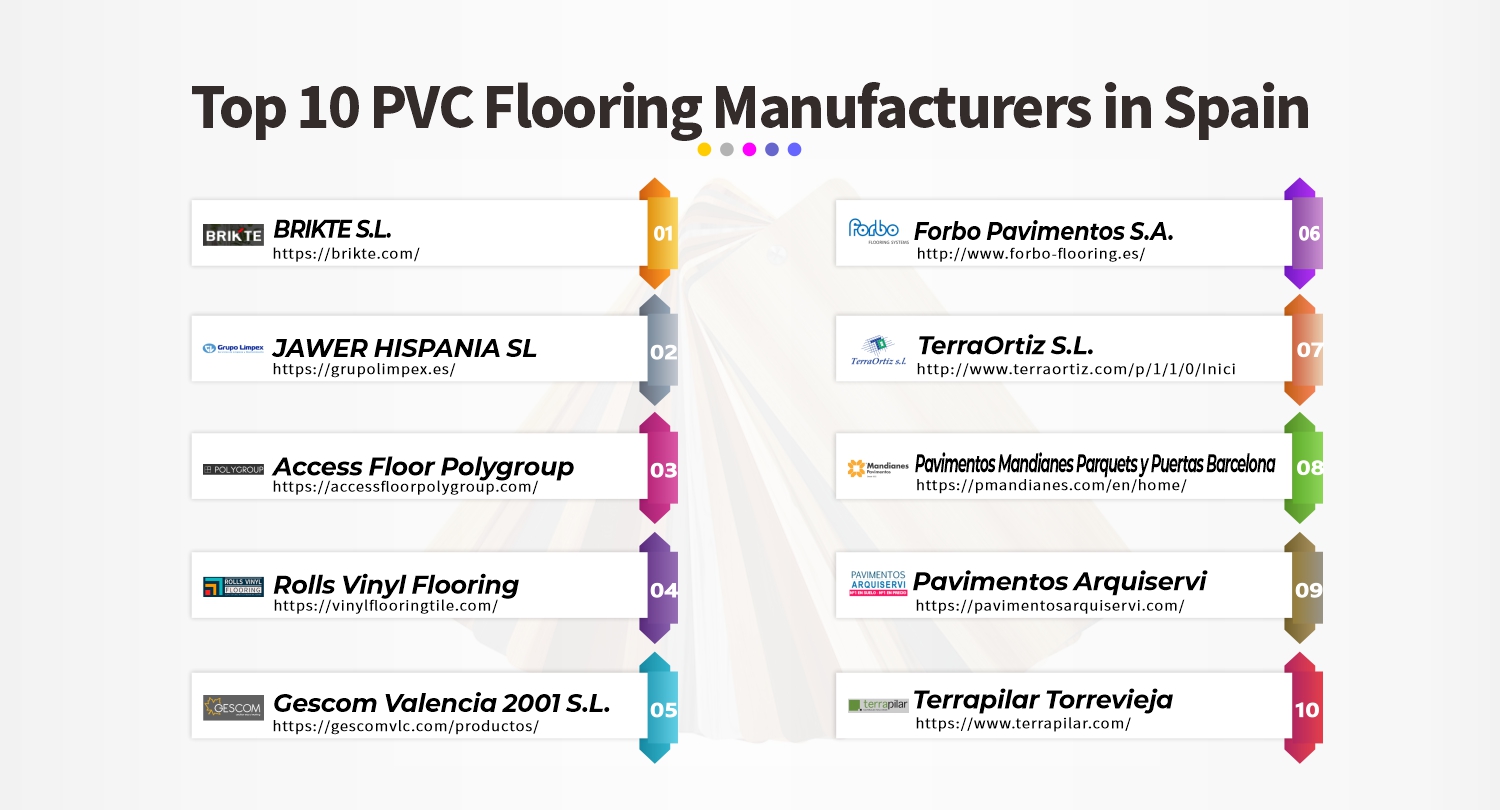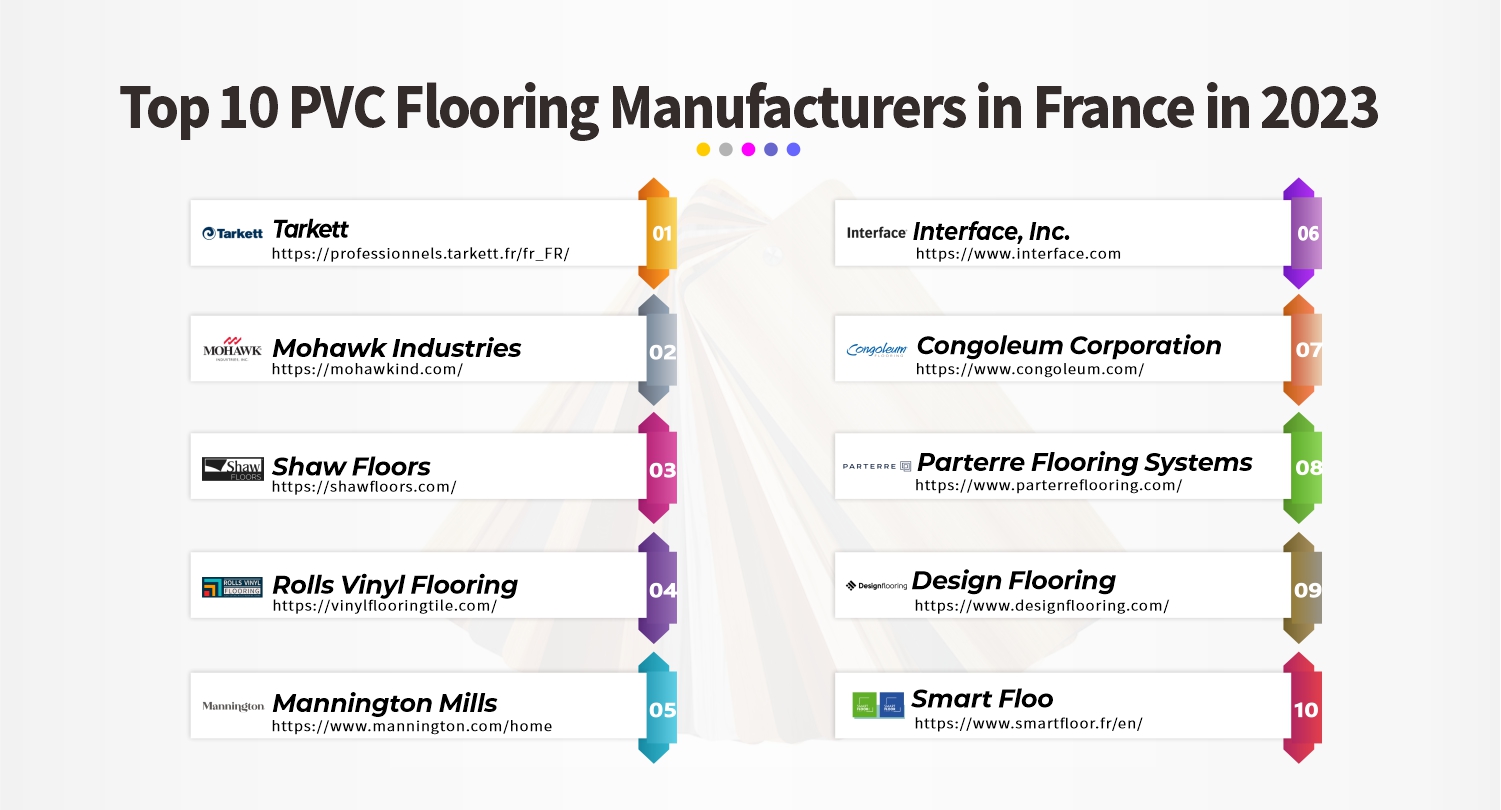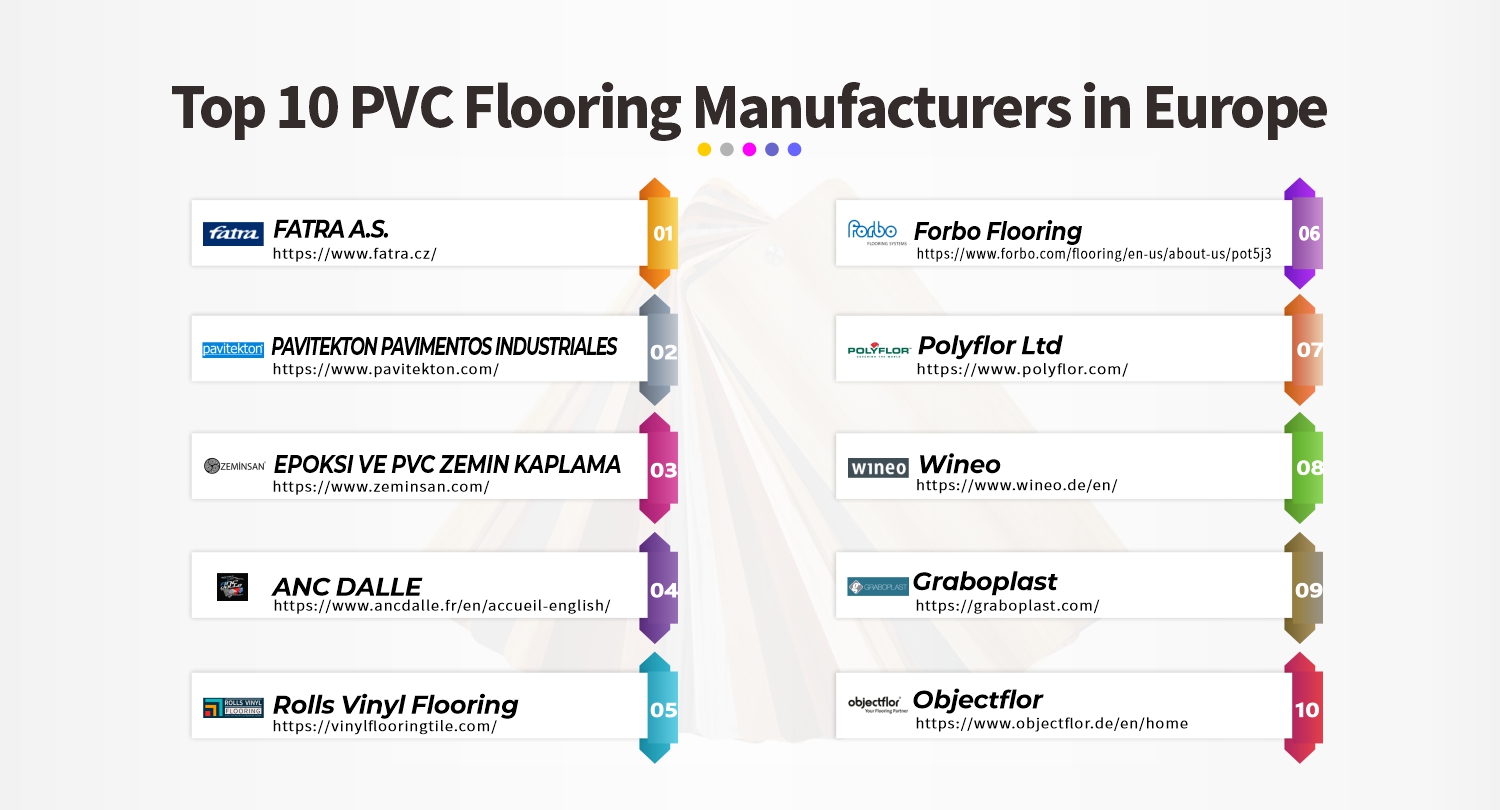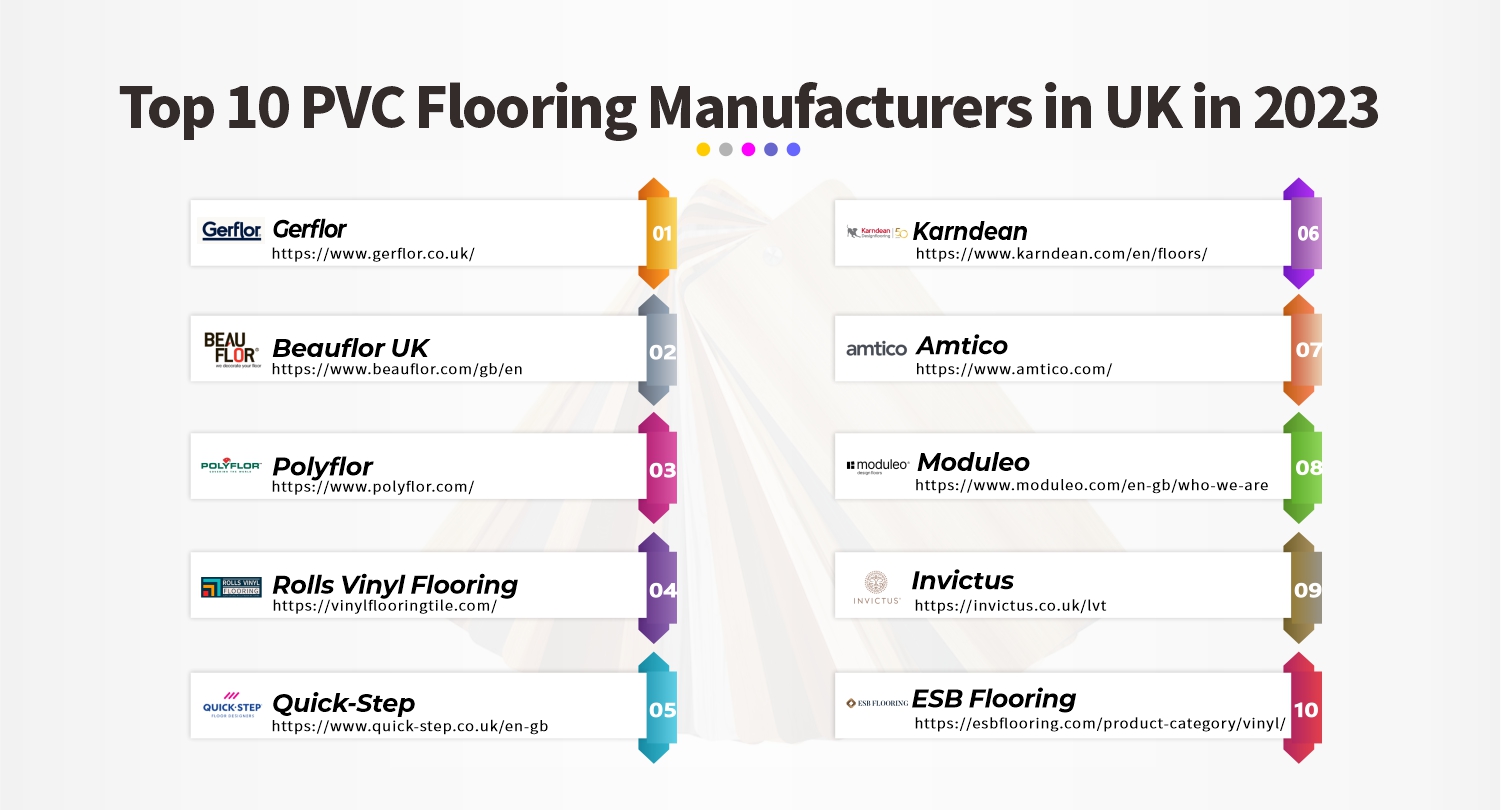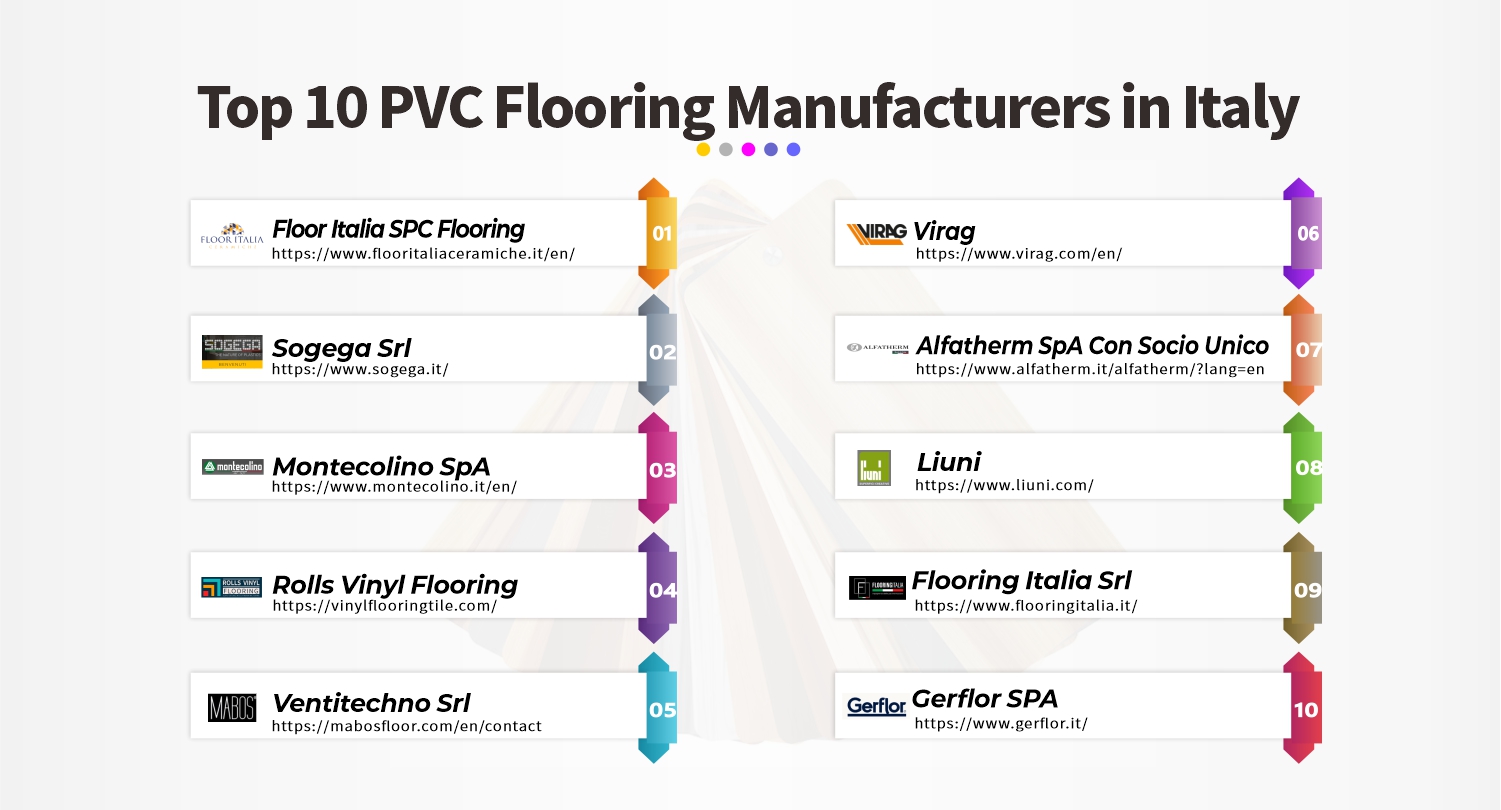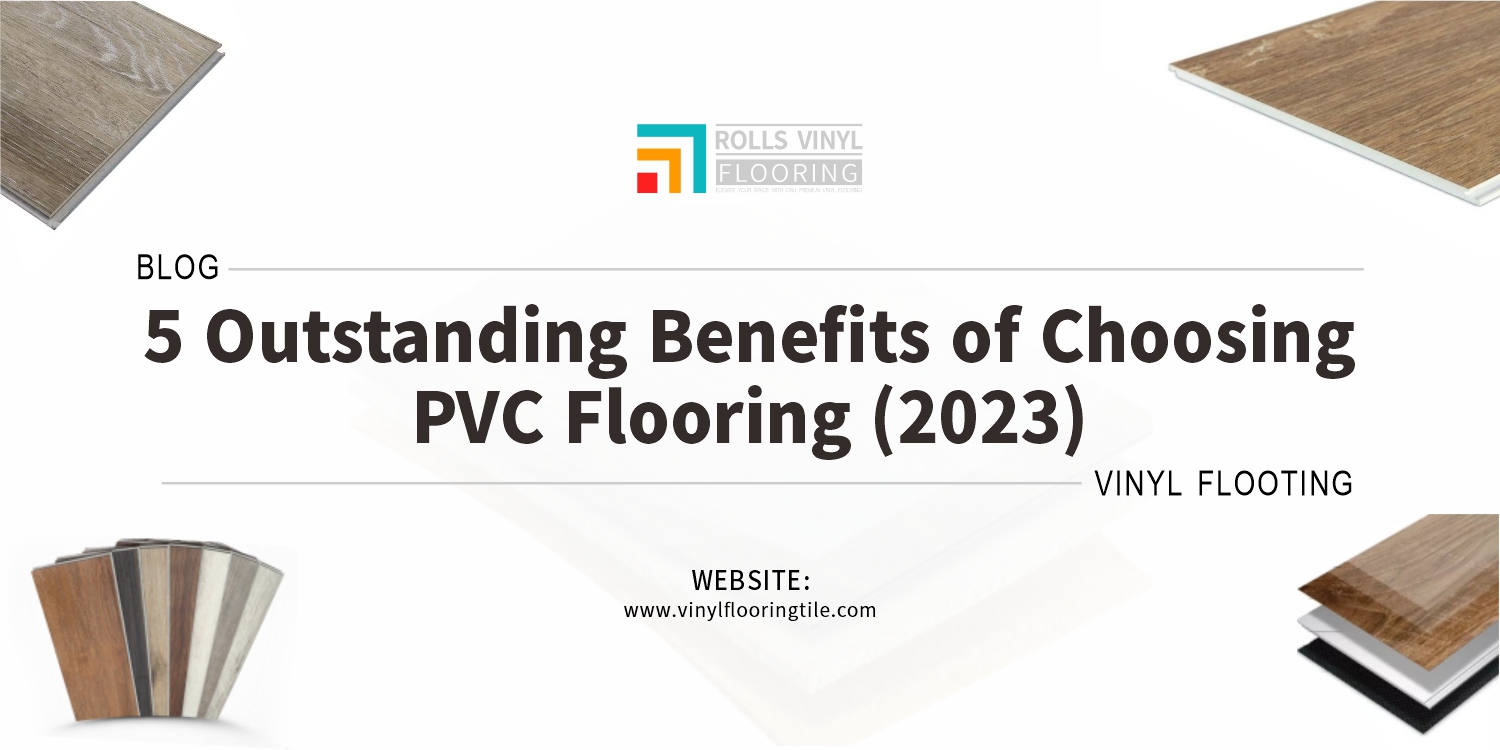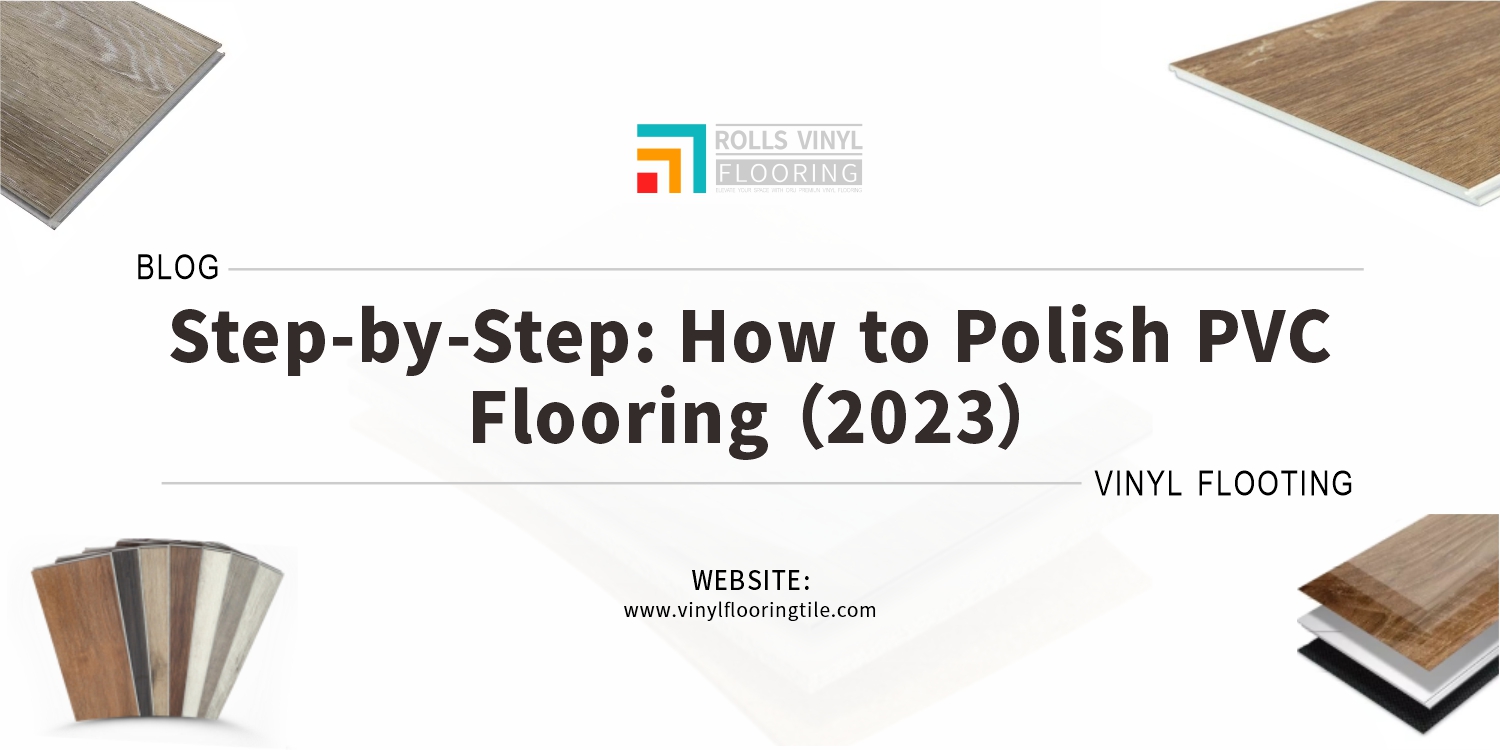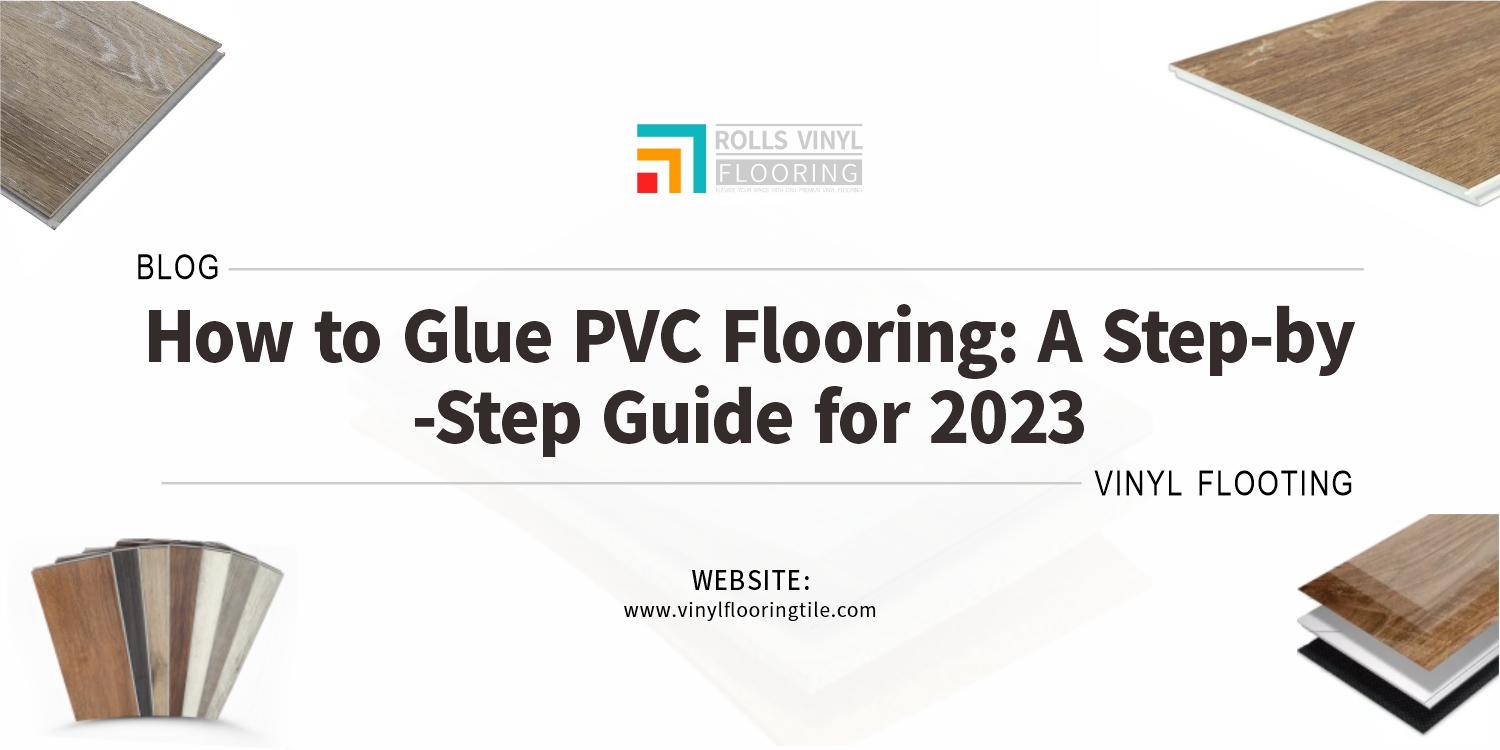As an author, I am writing this guide to provide readers with a detailed comparison of luxury vinyl plank flooring (LVP) and hardwood flooring. Did you know that LVP flooring is one of the fastest-growing flooring options? Keep reading to discover more.
LVT and hardwood flooring differ in terms of their physical properties, required maintenance, installation processes, and price. Hardwood floors are classic and have a natural feel, whereas LVT may approximate the look of natural materials and has a variety of design alternatives. Hardwood floors are tougher and endure longer in terms of durability, whereas LVT flooring is more water- and scratch-resistant. The two require different installation procedures and expenses, and LVT is typically less expensive. Last but not least, the ecology should also be taken into account; while LVT flooring is more environmentally friendly, hardwood floors are more environmentally friendly.
This guide provides all the details you need to make an informed choice, whether you’re seeking a low-maintenance, cost-effective solution or desire a timeless, sustainable flooring option.
What is LVT Flooring and what is Hardwood?
A form of vinyl flooring called LVT Flooring, commonly referred to as Luxury Vinyl Tile, imitates the appearance of natural materials like stone or hardwood. A type of LVT flooring called luxury vinyl planks (LVP) specifically imitates the appearance of hardwood planks. A wear layer, a printed pattern layer, and a backing layer are just a few of the synthetic components that make up LVT flooring. The top layer, known as the wear layer, guards against dents, scratches, and other damages on the design layer. To imitate the appearance of various flooring materials, such as concrete, stone, or even hardwood, the pattern layer can be printed.
The phrase “luxury vinyl flooring” (LVF) refers to a variety of vinyl flooring options that are created to look and feel opulent. LVF, often known as luxury vinyl flooring, refers to both luxury vinyl planks and luxury vinyl tiles. LVF is a well-liked alternative for flooring since it is less expensive and requires less upkeep than natural materials like stone or hardwood.
Hardwood floors, on the other hand, are constructed from logs that have been collected for their natural wood. A lot of people like hardwood flooring because of its beauty and toughness. They may be found in a wide range of hues and designs, and they are frequently utilized to give any room a dash of class and sophistication. Oak, maple, walnut, and cherry are just a few of the varieties of wood that can be used to make hardwood floors.

The fact that luxury vinyl plank flooring is less expensive than hardwood floors is one of its main benefits. Luxury vinyl planks normally cost between $2 and $7 per square foot, whereas hardwood floors can cost upwards of $10 per square foot. Luxury vinyl planks are a fantastic alternative for high-traffic areas or houses with dogs since they are more resistant to scratches, dents, and water damage than hardwood floors.
There are certain drawbacks to luxury vinyl plank flooring, though. Although it can imitate the appearance of hardwood flooring, it lacks the warmth and organic feel of real hardwood. Also, luxury vinyl planks could not increase a home’s worth as much as hardwood flooring would.
Differences between LVT Flooring and Hardwood
Appearance
A. Physical characteristics of LVT and hardwood flooring
LVT flooring is a synthetic material made of several layers of vinyl, while hardwood flooring is made of natural wood planks. LVT flooring is thinner than hardwood flooring and feels softer underfoot. Hardwood flooring has a unique grain pattern and texture that is absent in LVT flooring.
B. Aesthetics and design options
LVT flooring can replicate the look of hardwood, stone, or even concrete. Hardwood flooring, on the other hand, comes in a range of colors and species of wood, each with its unique grain pattern and texture.
C. Comparison of styles and trends
Due to its ability to mimic natural materials while being more reasonably priced and simpler to maintain, LVT flooring is growing in popularity. The ageless beauty of hardwood flooring, on the other hand, has made it a popular choice for flooring for ages.
Durability and Maintenance
A. Hardness and scratch resistance
Hardwood flooring is generally harder than LVT flooring and can resist scratches and dents better. However, some hardwood flooring species are softer than others and can be more susceptible to scratches. LVT flooring has a wear layer that protects it from scratches and dents, making it more durable than standard vinyl flooring.
B. Resistance to water and moisture
Although hardwood flooring can warp or swell when exposed to water, it is not advised for regions subject to dampness. On the other hand, LVT flooring may be laid in spaces like bathrooms and kitchens and is water-resistant.
C. Maintenance requirements
Both LVT and hardwood flooring require regular maintenance to keep them looking their best. LVT flooring can be cleaned with a damp mop and mild cleaner, while hardwood flooring requires periodic refinishing to restore its shine.
D. Longevity and lifespan
Hardwood flooring can last for decades with proper care and maintenance. LVT flooring is less durable and may need to be replaced sooner, depending on foot traffic and wear and tear.
Installation and Cost
A. Installation methods
LVT flooring is frequently built as a floating floor, which means the subfloor is not secured by glue or nails. Both solid wood flooring and engineered wood flooring can be installed with hardwood. While engineered hardwood flooring can be bonded or floated, solid wood flooring must be attached to the subfloor.
B. Cost comparison of LVT and hardwood flooring
LVT flooring is generally less expensive than hardwood flooring. The cost of LVT flooring can range from $2 to $7 per square foot, while hardwood flooring can cost upwards of $10 per square foot.
C. Cost of installation and labor
Due to its simplicity of installation, LVT flooring typically has lower installation costs than hardwood flooring. Hardwood flooring installation might be more expensive since it needs more skill and work.
Environmental Impact
A. Sustainability and eco-friendliness of LVT and hardwood flooring
LVT flooring is typically seen as being more environmentally friendly than hardwood flooring because it is recyclable and constructed of recycled materials. On the other hand, hardwood flooring is made of natural materials and cannot be recycled.
B. Impact on indoor air quality
Both LVT and hardwood flooring can have an impact on indoor air quality. LVT flooring can emit volatile organic compounds (VOCs) during installation, but these emissions dissipate over time. Hardwood flooring can also emit VOCs, especially if it is finished with a polyurethane coating. However, hardwood flooring is generally considered to be a healthier flooring option because it is a natural material. Laminate flooring, which is often mistaken for hardwood flooring, can also emit VOCs and is not considered to be a sustainable flooring option.

LVT flooring and hardwood flooring have their unique characteristics and advantages. LVT flooring is a more affordable, water-resistant, and easier-to-maintain option that can mimic the look of natural materials. Hardwood flooring, on the other hand, is a timeless and durable option that can add value to a home and has a more sustainable and natural feel. Ultimately, the choice between LVT flooring and hardwood flooring comes down to personal preference, budget, and the specific needs of each room or area.
Ultimately, the choice between LVT flooring and hardwood flooring comes down to personal preference, budget, and the specific needs of each room or area. Consider the pros and cons of each type carefully and weigh your options before making a final decision.


